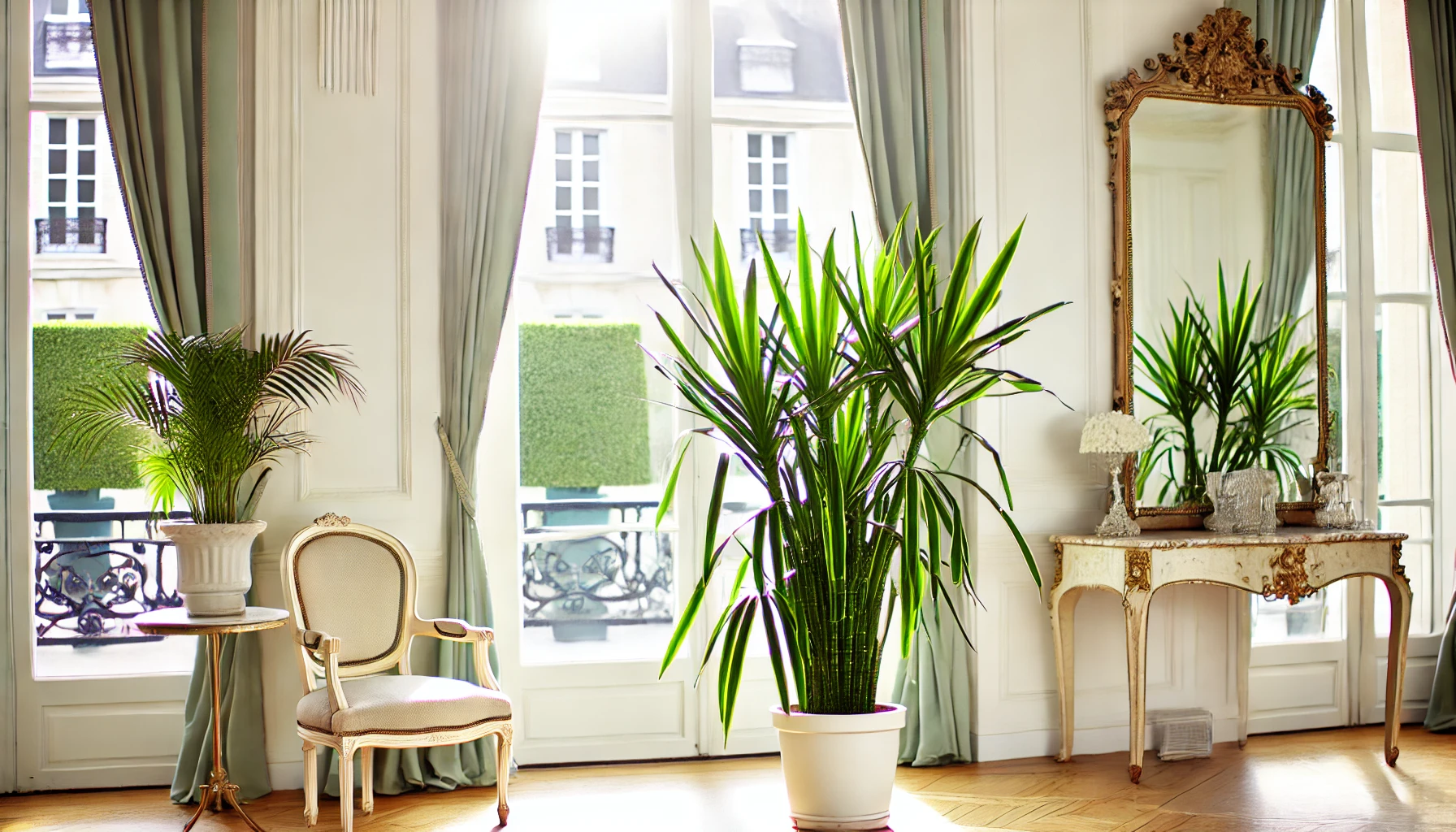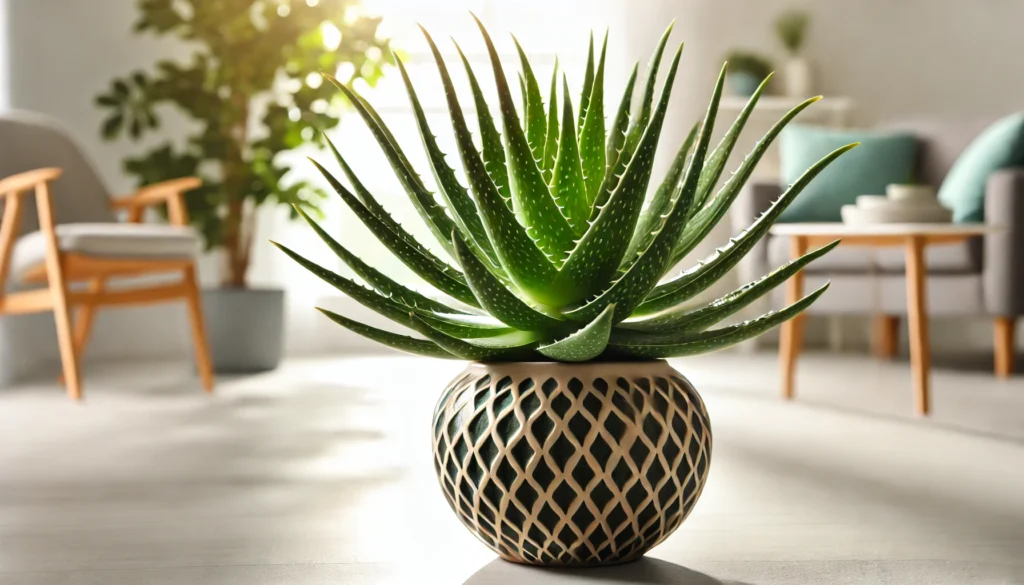
The Dragon Tree, formally known as Dracaena marginata, is a popular houseplant admired for its bold, upright growth and striking foliage. It can grow up to 6-10 feet tall indoors, making it a dramatic and elegant addition to any space. With its long, slender leaves that are often edged in red or purple, the Dragon Tree adds a touch of the exotic to your home while being relatively easy to care for.
A Glimpse into History and Ideal Growing Conditions
Native to Madagascar, the Dragon Tree has been cultivated worldwide as a decorative houseplant. Its name, “Dracaena,” comes from the Greek word “drakaina,” meaning female dragon, a nod to the plant’s resin, which is known as “dragon’s blood” due to its red color. The Dragon Tree thrives in warm, indoor environments and prefers bright, indirect light, though it can tolerate lower light levels. It enjoys well-drained soil and moderate humidity, making it an excellent choice for most homes.
Is the Dragon Tree Safe for Pets?
Unfortunately, the Dragon Tree is toxic to pets, particularly cats and dogs. If ingested, it can cause vomiting, drooling, weakness, and dilated pupils in cats. Dogs may experience similar symptoms, including vomiting and loss of appetite. While the toxicity is generally not life-threatening, it’s crucial to keep this plant out of reach of your pets.
Safe Alternatives for Pet-Friendly Homes
If you’re concerned about pet safety, consider alternatives like the Parlor Palm (Chamaedorea elegans), Spider Plant (Chlorophytum comosum), or Boston Fern (Nephrolepis exaltata). These plants are non-toxic to pets and can still add greenery and elegance to your space.
Best Practices for Caring for the Dragon Tree
The Dragon Tree is a relatively low-maintenance plant, but following some best practices will help it thrive and look its best.
Watering and Humidity
Water the Dragon Tree when the top inch of soil feels dry to the touch. Overwatering can lead to root rot, so it’s essential to allow the soil to dry out slightly between waterings. The plant prefers moderate humidity but can adapt to lower levels, typical of indoor environments. If the air in your home is very dry, consider misting the leaves occasionally or placing a humidity tray nearby.
Soil, Light, and Temperature
Plant your Dragon Tree in a well-draining potting mix, such as a blend designed for houseplants or a mixture of peat, perlite, and pine bark. While it can tolerate low light, the Dragon Tree thrives in bright, indirect light. Avoid direct sunlight, which can scorch the leaves. The ideal temperature range for this plant is between 65-80°F, making it perfect for indoor settings.
Common Problems and Remedies
The Dragon Tree is generally hardy but can encounter a few common issues. Brown tips on the leaves often indicate low humidity or fluoride sensitivity, which can be addressed by using distilled water or rainwater. Yellowing leaves may signal overwatering or poor drainage. To prevent this, ensure the pot has proper drainage and allow the soil to dry out between waterings. Pests like spider mites and mealybugs can occasionally infest the plant; treat them with insecticidal soap or neem oil.
Propagation and Benefits
The Dragon Tree is easy to propagate through stem cuttings. Simply cut a healthy stem, let it dry for a day, and then place it in water or directly into the soil. Over time, it will develop roots and become a new plant. In addition to its aesthetic appeal, the Dragon Tree is also known for its air-purifying qualities, making it a healthy and beautiful addition to your indoor environment.
Final Thoughts
The Dragon Tree is a bold and beautiful houseplant that brings a touch of the exotic to any indoor space. While it requires some care, particularly in terms of watering and light, it’s a resilient plant that can adapt to various indoor conditions. Just be mindful of its toxicity to pets, and consider safe alternatives if you have animals at home. With the right care, the Dragon Tree will thrive and become a striking feature in your home for years to come.



